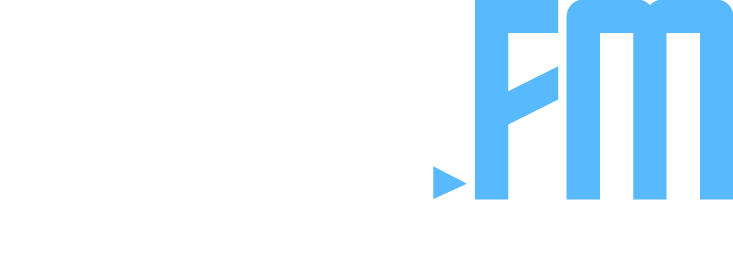A recent study examining leisure habits and satisfaction among 3,000 German citizens aged 18 and over reveals a dramatic shift in media consumption patterns over the past decade and a half. The “Freizeitmonitor 2025” conducted by the Hamburg Foundation for Future Issues, indicates a more than doubling of weekly social media usage since 2012.
The study highlights a significant surge in the adoption of on-demand services. Weekly social media usage has risen from 34% to an impressive 72%. Streaming services are also experiencing considerable popularity, with 58% of respondents utilizing them regularly, alongside a growing interest in podcasts and audiobooks (25%).
Conversely, traditional media outlets are facing a marked decline in usage. Weekly readership of newspapers and magazines has plummeted from 72% in 2010 to just 38% currently. Linear television viewership has also decreased, falling from 97% to 83%, while radio consumption has dropped from 90% to 70%.
“Media consumption is evolving from a linear, program-driven model to a personalized, on-demand system” explained Ulrich Reinhardt, the study’s scientific director. “Content is consumed independently of location and time, according to individual preferences.
The trend towards digital consumption is further underscored by the data, showing that over three-quarters (76%) of German citizens now order goods online at least once a month – a substantial increase from just 35% in 2010.
Flat-rate subscriptions and streaming services have further propelled music listening to become the third most popular leisure activity, with 83% of respondents engaging with it regularly. According to Reinhardt, the driving factors behind this trend are convenience, personalization and constant availability. “Digital consumption is tailored precisely to the individual and requires neither planning nor a change of location”.




